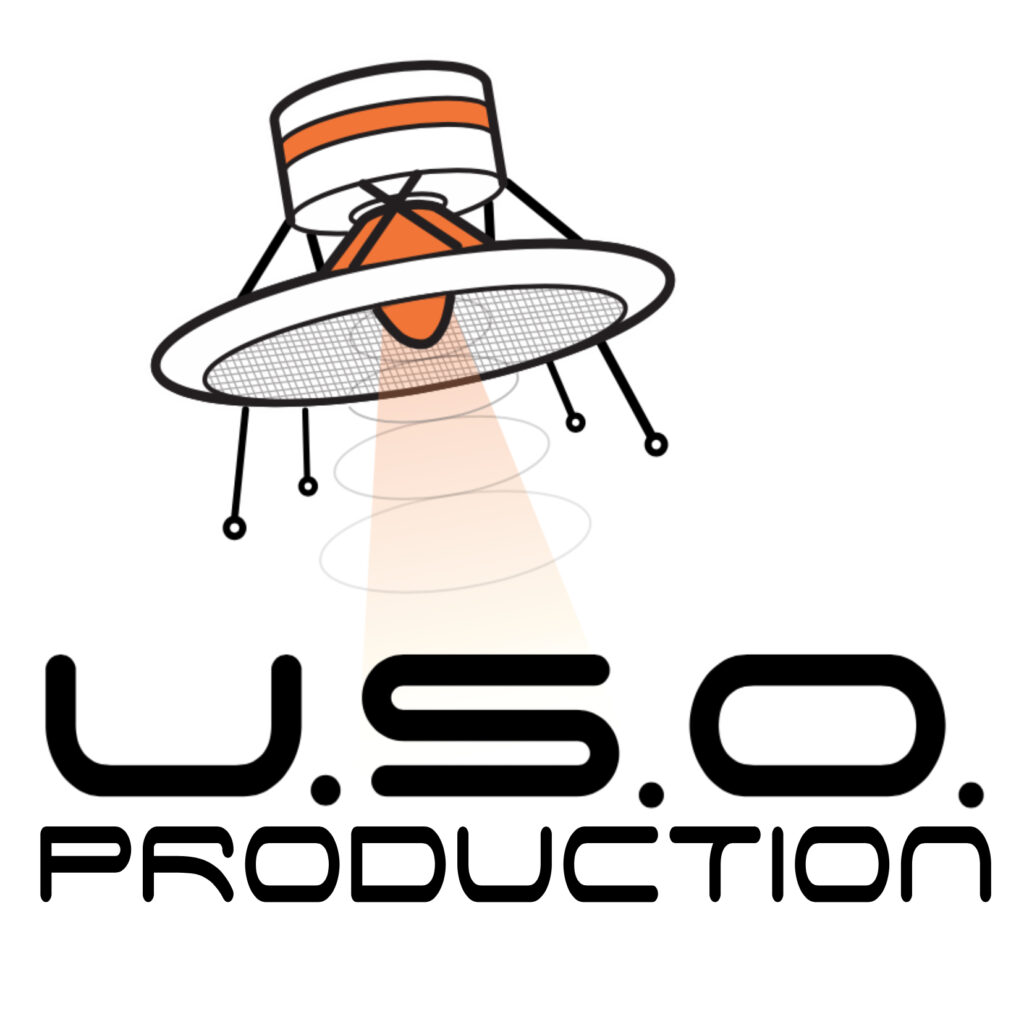 Cristián Vogel’s “The Siege of Mariupol” is a finalist for the 2024 International Composition Competition for Orchestra. All finalists — Thomas Gerwin, Ludger Kisters, Philipp Waltinger and Cristian Vogel, will be at the MON AMI YOUTH AND CULTURAL CENTER in WEIMAR 23-26 May 2024 to present their works to the audience as part of the 25th Weimar Spring Days for Contemporary Music. In addition to the jury prizes, the audience will have an opportunity to vote for the Audience Choice Award.
Cristián Vogel’s “The Siege of Mariupol” is a finalist for the 2024 International Composition Competition for Orchestra. All finalists — Thomas Gerwin, Ludger Kisters, Philipp Waltinger and Cristian Vogel, will be at the MON AMI YOUTH AND CULTURAL CENTER in WEIMAR 23-26 May 2024 to present their works to the audience as part of the 25th Weimar Spring Days for Contemporary Music. In addition to the jury prizes, the audience will have an opportunity to vote for the Audience Choice Award.
“The Siege of Mariupol” confronts the brutal realities of conflict through the sounds of modern warfare, electronic manipulations, and a melodic motif symbolizing lost souls. It is written as a testament to the memory, bravery and profound suffering of individuals caught in the relentless terror and conflict and implores the audience to bear witness to the brutality faced by those on the frontline.
“The Siege of Mariupol” is the final piece in a trilogy highlighting the interconnectedness of human experience, the impact of geopolitical events, and the life-saving and life-destroying potential of technology — all against a backdrop of survival in the face of mortality.
Click here for details on how you can attend the concert and cast your vote for the Audience Choice Award.
 The flow state (otherwise known as “in the zone”) is what every real-time performer seeks.
The flow state (otherwise known as “in the zone”) is what every real-time performer seeks. 










